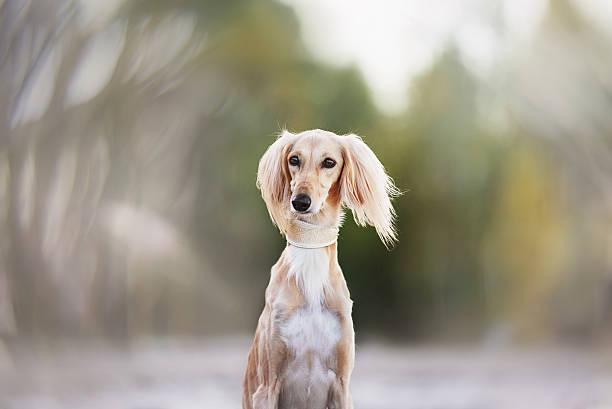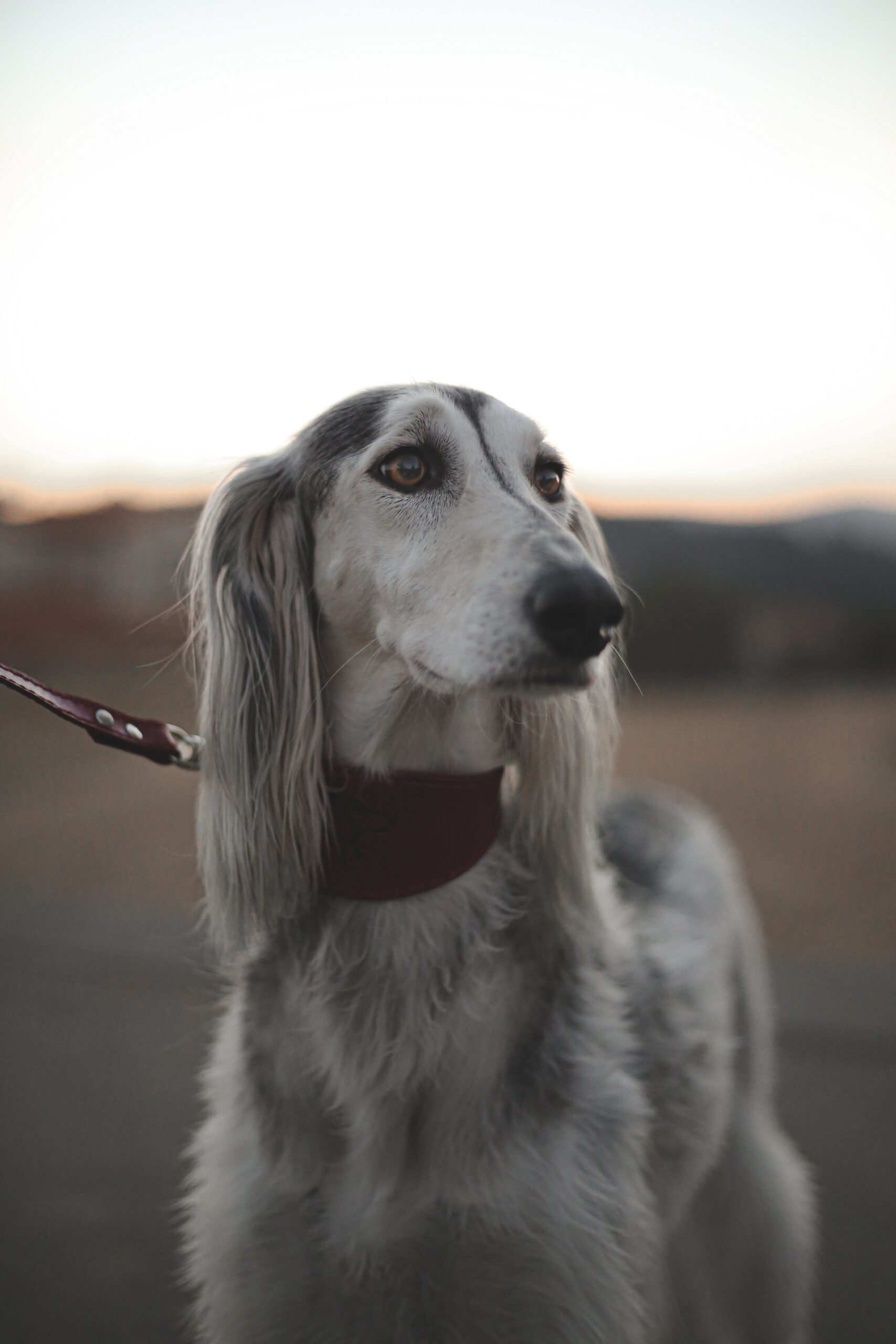The small yet hardy Saluki, one of the oldest breeds in the world, served as the royal hunting hound for a very long time. Sprinters with great agility and speed, Salukis like a good chase. They make kind, respectable, independent, and devoted pets. For countless years, people have marveled at the Saluki’s beauty. Like superb athletes or dancers, they are lean and slender, yet they are also tremendously strong and wonderfully balanced. Females can be significantly shorter than males, who can stand between 23 and 28 inches tall at the shoulder. They come in a variety of hues and designs. They have warm, perceptive eyes with an oval shape. Salukis are incredibly tolerant and can survive and thrive in any environment. Although they are wonderful creatures, owning them presents numerous unique difficulties.
Saluki
Average sizes and life
expectancy of the breed.
Height
23-28 inches (male)
considerably smaller (female)
Weight
40-65 pounds
Life Expectancy
40-65 pounds
Breed Traits & Characteristics
About the Breed

Owning a dog is not just a privilege; it’s a responsibility. They depend on us for, at minimum, food and shelter, and deserve much more. When you take a dog into your life, you need to understand the commitment that dog ownership entails.
 Health
Health
Recommended Health Tests From the National Breed Club:
- Thyroid Evaluation
- Cardiac Exam
 Grooming
Grooming
 Exercise
Exercise
 Training
Training
 Nutrition
Nutrition
History
One of the oldest dog breeds is the Saluki. Salukis, according to experts, may have existed as early as 7000 B.C. Like other sighthounds, Salukis were a particular favorite of royalty throughout history, including the pharaohs of Egypt and Alexander the Great. The modern breed is quite close to its prehistoric ancestors in terms of appearance and temperament. Since before the Pyramids were constructed, royal families of the Middle East, Egypt, and Asia have been enthralled by the same slender lines and unmistakable dignity, which we can still admire.





